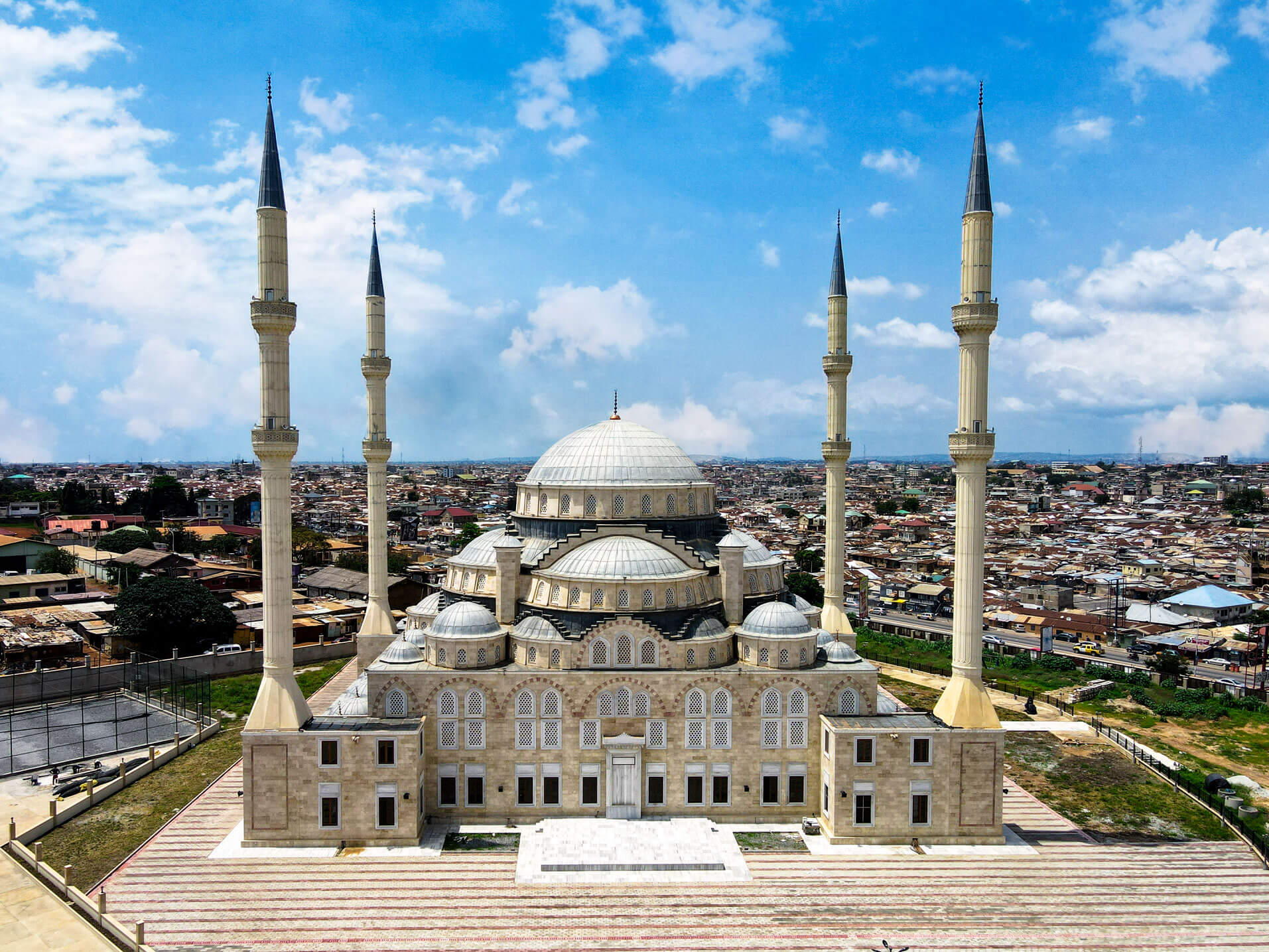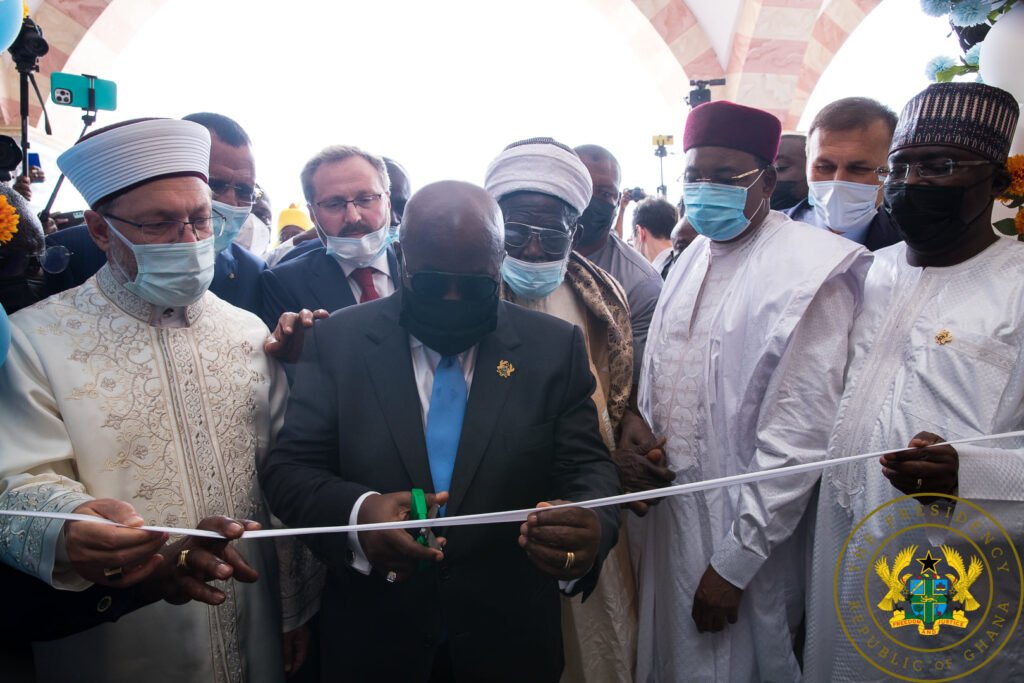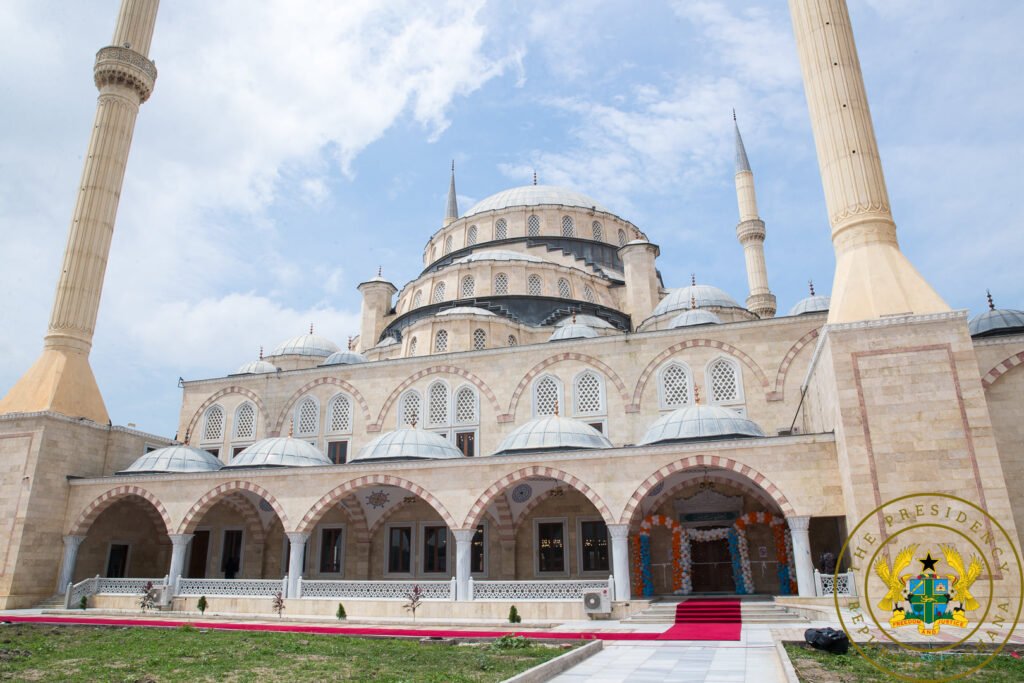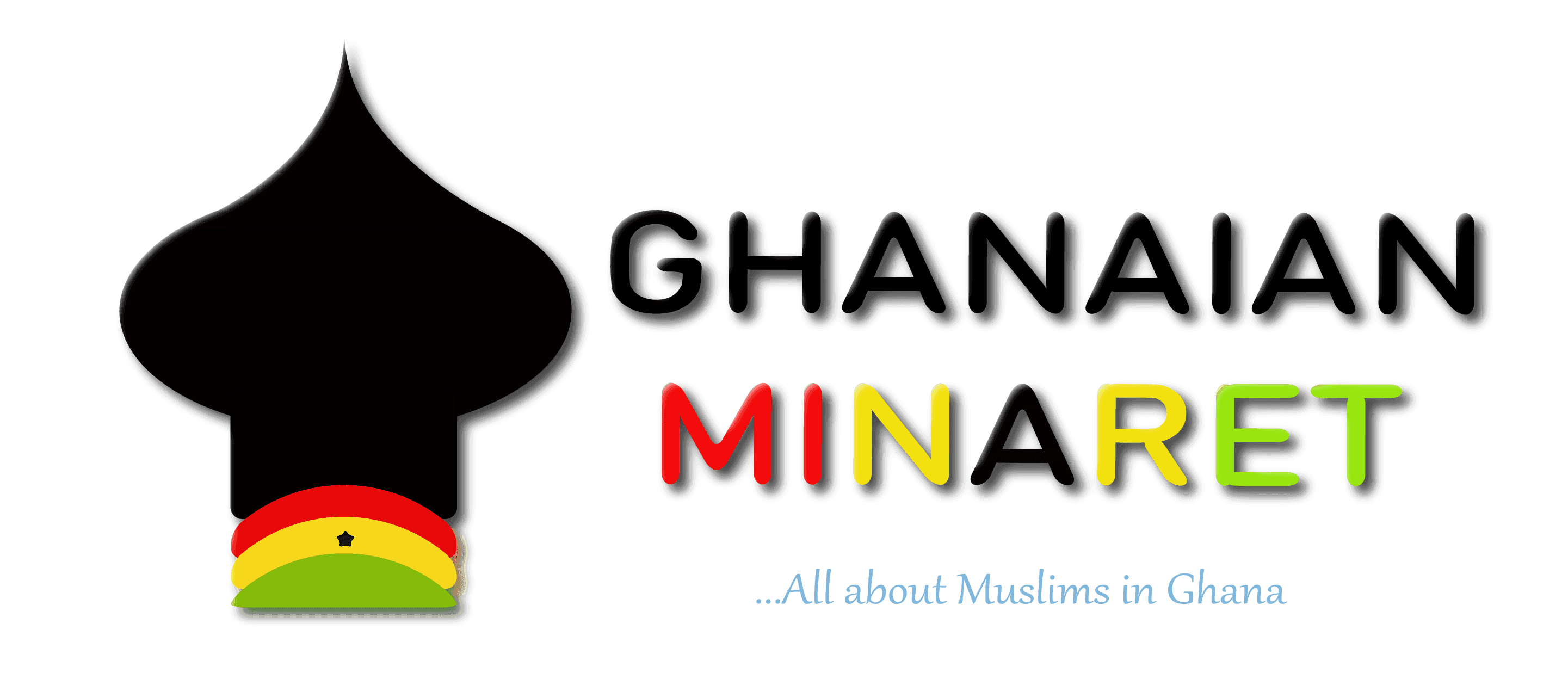Ghana National Mosque finally opens to Ghanaian Muslim worshippers

Accra: President Nana Addo Dankwa Akufo-Addo on Friday commissioned the 10-million-dollar ultra-modern Ghana National Mosque complex.
The 15,000-capacity facility situated on a 4.2-acre land at Kanda in Accra is the second to the largest mosque in West Africa, thus the 30,000-capacity Massalikoul Djinane mosque in Dakar, Senegal.
The project was funded by the Turkish Human Development Association International (HUDAI) Foundation with the support of the Turkish government.
The complex comprises a mosque, a library, an office complex, a residential apartment, a research complex, a senior high school complex, a clinic, an administration block, an auditorium, and a conference centre.
The mosque is designed based on the historical Sultan Ahmed Mosque, also known as the Blue Mosque in Istanbul, Turkey.
Speaking at a ceremony to officially open the grand mosque to the Muslim community in Ghana, President Akufo-Addo said it was heartwarming for a Christian majority country to have a symbol of Islam beautifully adorn the landscape of the capital city.
To him, “it is not just the beauty it adds to the Accra skyline,” but the demonstration of the religious harmony that exists in Ghana, which continues to be the envy of the rest of the world.”
Emphasising the importance of the mosque in the theological aspect of Islam, the President noted that the mosque was not just a place of prayer but a hub for social and cultural activity.
He stressed the invaluable role the complex would play in positively impacting the lives of the people in the Muslim communities in the country.
“In other words, a mosque is supposed to bring people together and not divide them,” he stated, urging the National Chief Imam and Muslim leaders in the country to use the occasion of the ceremony to further foster the unity of the Muslim community and the unity of the Ghanaian people.
President Akufo-Addo called also on the managers of the mosque complex to take good care of the facility and build its profile as a tourist destination for travellers and devotees of the faith.
He also tasked the tourism ministry to strategically make the edifice a place of pilgrimage and tourism.
The President thanked the government and people of Turkey for the sacrifice they had made to bring the National Mosque of Ghana project to fruition.
He expressed optimism about the gesture, further deepening the strong bonds of cooperation and friendship between the two nations.
“You have indeed honoured our country with such a magnificent edifice. In the days to come, this edifice will serve as a historical reference point in the Ghana-Turkey relationship,” he said.

The mosque complex will serve the Ghanaian people and their visitors from across the world as a mosque, a scientific institution, as well as a health and social services centre.
The event was witnessed also by the President of Niger, Mohamed Bazoum, Vice President Dr. Mahamudu Bawumia, the immediate former president of Niger, Mahamadou Issoufou and Prof. Ali Abass, President for the Directorate for Religious Affairs of the Republic of Turkey.
Other dignitaries included members of the diplomatic corps, religious leaders, and some traditional rulers.
The National Chief Imam commended former President Jerry John Rawlings and some leading members of his administration for assisting to secure the land for Muslims in the country.
Sheikh Sharubutu also commended the government of Saudi Arabia that initially supported with one million riyals and other individuals who helped for the realisation of the project.
A tour of the National Mosque Complex revealed its Carrara marble exterior fittings and the four signature minarets.
The upper levels of the interior are dominated by blue paint, with stained glass windows with intricate designs. The inner decorations include hand-drawn calligraphic verses of the Qur’an.
The floors are covered with carpets donated by the faithful and will be regularly replaced as they wear out.
The most important element in the interior of the mosque is the minbar, where the Imam stands, which is made of neatly sculptured marbles with a stalactite niche and a double inscriptive panel above it.
The other striking feature of the exterior is the beautifully arranged cascade of domes around a central dome.
Muslims had since 1995 struggled to put up a befitting national edifice at Kanda in place of a mosque demolished on August 18, 1979, by the Armed Forces Revolutionary Council (AFRC).
The demolishing exercise was to make way for the construction of Rawlings Park at Makola in the Central Business District of Accra.
The government under the Provisional National Defence Council (PNDC) administration on February 14, 1995, gave out a 4.2-acre plot of land at Kanda in Accra to the Muslim community for the new national mosque.
In 2006, President John Agyekum Kufuor laid the foundation stone for the national mosque, then valued at 4 million US dollars.
The Saudi government initially committed US$ 264,000, while the Muslim community raised an amount of one billion cedis to complete the first phase of the project within a six-month period.
Unfortunately, the project stalled at 40 percent due to a lack of funds caused mainly by the withdrawal of the Saudi government from the project, forcing the Turks to step in to takeover the project in 2012.
Turkish organisations, which included HUDAI and the Turkiye Diyanet Foundation, signed an agreement in October 2012 with the Office of the National Chief Imam to commit US$ 5 million to fund the project.
In the following year, work resumed on the project till its completion in July this year.

Join our whatsapp channel for all the latest updates.
For news coverage, article publication, and advertisement, send an email to ghanaianminaret@gmail.com or reach us via whatsapp, telegram or phone call on +233266666773.

